-
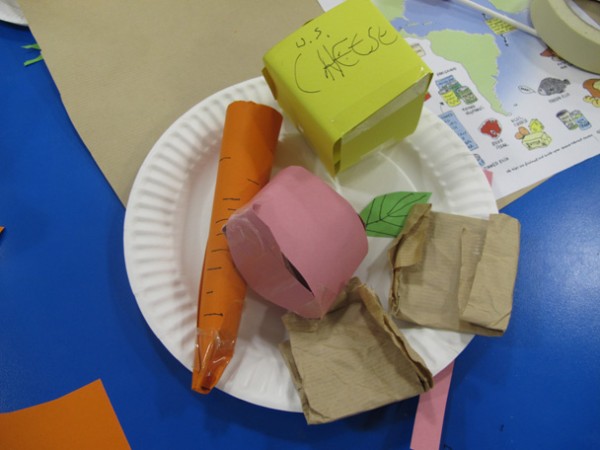 41
41 -
40
-
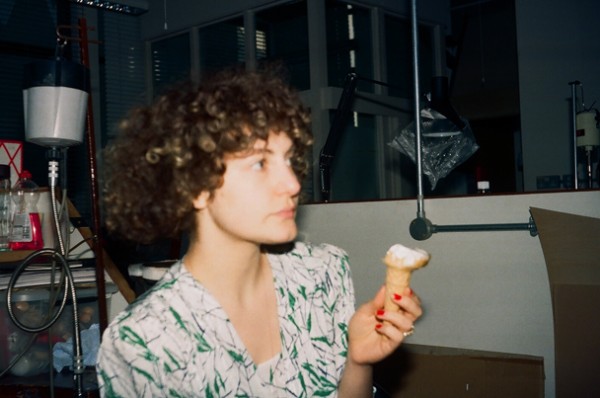 39PLASTIC DRESSES AND ULTRA PROCESSED FOODS BEFORE I KNEW TO FEAR THEM.PLASTIC DRESSES AND ULTRA PROCESSED FOODS BEFORE I KNEW TO FEAR THEM.
39PLASTIC DRESSES AND ULTRA PROCESSED FOODS BEFORE I KNEW TO FEAR THEM.PLASTIC DRESSES AND ULTRA PROCESSED FOODS BEFORE I KNEW TO FEAR THEM. -
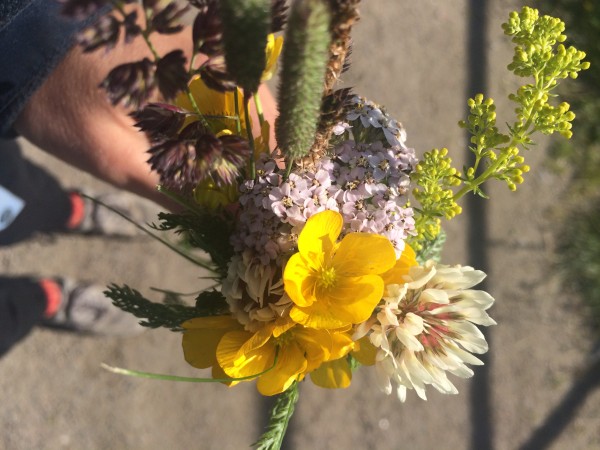 38
38 -
37Ring. 9ct Gold, Fine Silver.
In Praise of Shadows.Ring. 9ct Gold, Fine Silver.
In Praise of Shadows. -
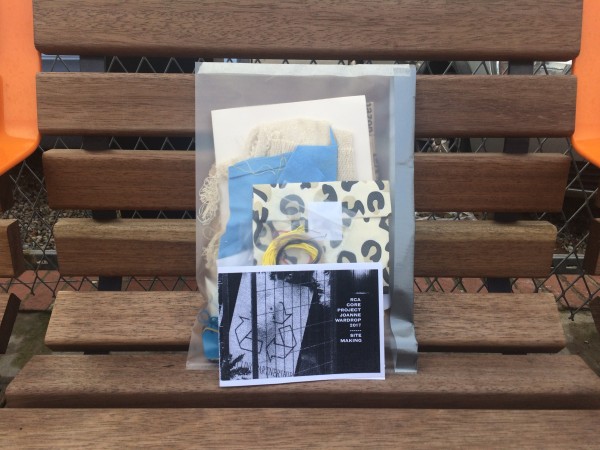 36Workshop material from RCA, Jewellery and Metalworking course.
36Workshop material from RCA, Jewellery and Metalworking course.
Visiting Lecturer, 2014-2017Workshop material from RCA, Jewellery and Metalworking course.
Visiting Lecturer, 2014-2017 -
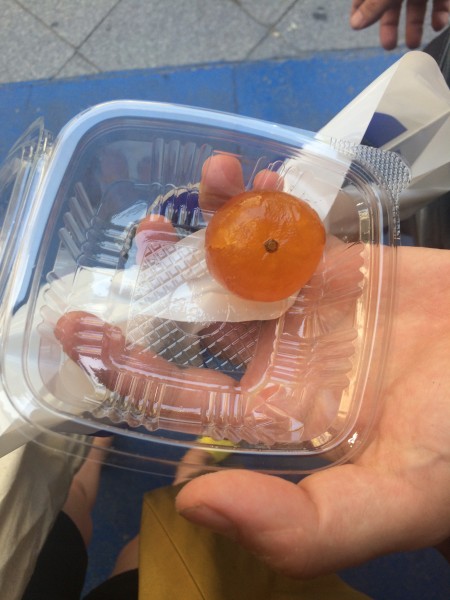 35
35 -
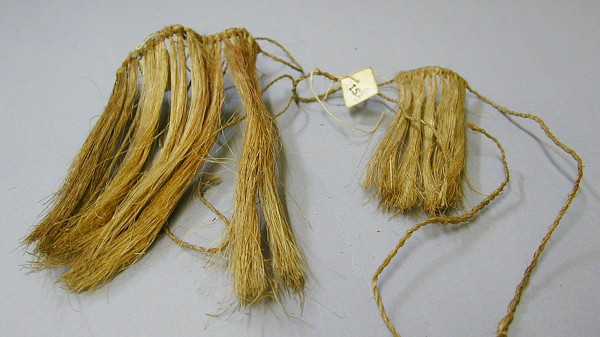 34Tucked away in case 43 of the Pitt Rivers Museum one can find a straw beard and eyebrows. The accompanying label says ‘These symbols of manhood were worn by the (Angolan) bride for a short time after the wedding ceremony before moving into her husband’s home’…Tucked away in case 43 of the Pitt Rivers Museum one can find a straw beard and eyebrows. The accompanying label says ‘These symbols of manhood were worn by the (Angolan) bride for a short time after the wedding ceremony before moving into her husband’s home’…
34Tucked away in case 43 of the Pitt Rivers Museum one can find a straw beard and eyebrows. The accompanying label says ‘These symbols of manhood were worn by the (Angolan) bride for a short time after the wedding ceremony before moving into her husband’s home’…Tucked away in case 43 of the Pitt Rivers Museum one can find a straw beard and eyebrows. The accompanying label says ‘These symbols of manhood were worn by the (Angolan) bride for a short time after the wedding ceremony before moving into her husband’s home’… -
 33MATRIMONIAL RITUALS AND FALSE FACIAL HAIR
33MATRIMONIAL RITUALS AND FALSE FACIAL HAIR
PROJECT AND EXHIBITION
PITT RIVERS MUSEUM, OXFORD, 2013
AFTER WEARING, THE PRATT INSTITUTE, NEW YORK, 2015MATRIMONIAL RITUALS AND FALSE FACIAL HAIR
PROJECT AND EXHIBITION
PITT RIVERS MUSEUM, OXFORD, 2013
AFTER WEARING, THE PRATT INSTITUTE, NEW YORK, 2015 -
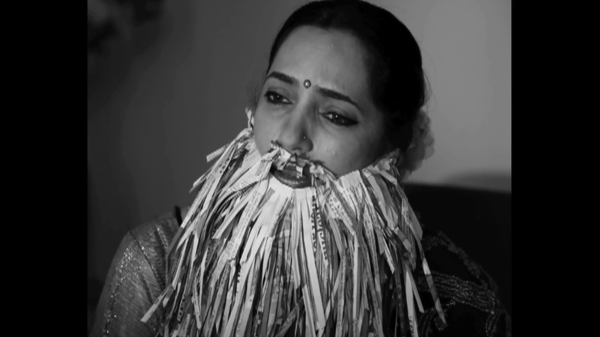 32In response, I made false facial hair for 30 female volunteers from London. The outcome is a film of these women, attempting to understand the matrimonial ritual of this object. The fact that the beards are not realistic, makes it clear they are not to be mistaken for a disguise, but instead become a kind of ritual tool for looking and being looked at. The beard and the wearer together become interlocutors in a discussion of gender, desire, sexuality, masochism and physical beauty.
32In response, I made false facial hair for 30 female volunteers from London. The outcome is a film of these women, attempting to understand the matrimonial ritual of this object. The fact that the beards are not realistic, makes it clear they are not to be mistaken for a disguise, but instead become a kind of ritual tool for looking and being looked at. The beard and the wearer together become interlocutors in a discussion of gender, desire, sexuality, masochism and physical beauty.
In the final weeks of the project our steps lead us to discover footage of the original artifacts being used. In 1937 the sisters, Antoinette and Diana Powell-Cotton, documented the four-day Efundala marriage ceremony in Angola. For a short period towards the end of the ceremony the young Kwanyama girls would wear the false beards and eyebrows, and ‘become’ for that period ‘bridal boys’. This section of the footage is shown in the film above.
Although the discovered documentation from 1937 gives a greater insight into the ritual and it’s society, the emotive significance of it to the Kwanyama women involved is still left open to the imagination.
Original footage used with the kind permission of the Powell-Cotton Museum, KentIn response, I made false facial hair for 30 female volunteers from London. The outcome is a film of these women, attempting to understand the matrimonial ritual of this object. The fact that the beards are not realistic, makes it clear they are not to be mistaken for a disguise, but instead become a kind of ritual tool for looking and being looked at. The beard and the wearer together become interlocutors in a discussion of gender, desire, sexuality, masochism and physical beauty.
In the final weeks of the project our steps lead us to discover footage of the original artifacts being used. In 1937 the sisters, Antoinette and Diana Powell-Cotton, documented the four-day Efundala marriage ceremony in Angola. For a short period towards the end of the ceremony the young Kwanyama girls would wear the false beards and eyebrows, and ‘become’ for that period ‘bridal boys’. This section of the footage is shown in the film above.
Although the discovered documentation from 1937 gives a greater insight into the ritual and it’s society, the emotive significance of it to the Kwanyama women involved is still left open to the imagination.
Original footage used with the kind permission of the Powell-Cotton Museum, Kent